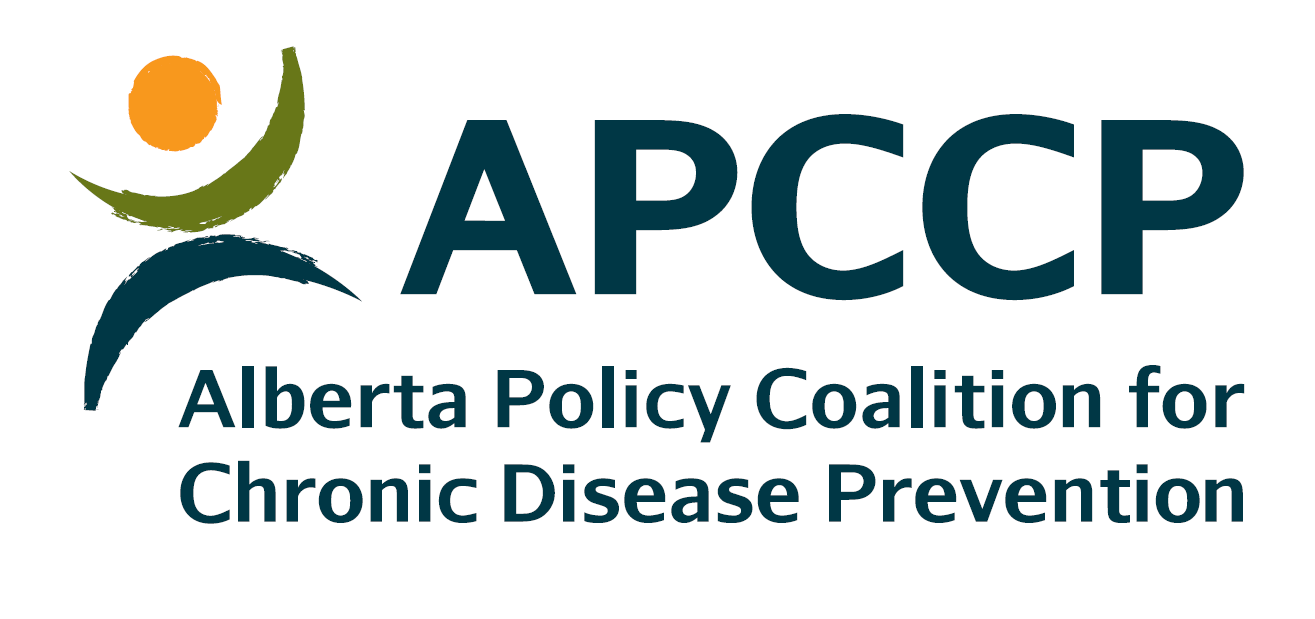Learning Objective #2:
Become familiar with the seven steps of developing a Community Nutrition Report Card
What are the steps?
Step 1: Overview and Getting Started
After completing the Overview of Benchmarking Food Environments and this module (Getting Started), your community group will discuss the project, choose the settings you want to assess and identify who is responsible for collecting data.
Step 2: Collecting Community Data Using the App
Community group members will become acquainted with how to use the app to collect food environment indicator data, which includes data on the food available, as well as any policies, programs, and resources related to healthy eating, here are some examples:
- Available food
- Cost of food (healthy vs unhealthy)
- Food-related policy
- Tools to help implement food policy
- Types of food vendors and stores close to schools
- Food marketing
- Nutrition information or education provided
Step 3: Reviewing the Community Nutrition Report Card/Adding Local Context to Recommendations
After data collection is complete, the app analyzes the data, and then generates a Community Nutrition Report Card that your community group will download and review together. At this step, it is helpful to review the suggested Recommendations and add local context specifics (e.g. naming an action your community will take on or specific individuals will take on). Your community group will meet to ensure that the report represents the data collected and that nothing looks inaccurate. You will have the option to go back if there are errors noted, fix errors, and print a revised Community Nutrition Report Card.
Step 4: Highlighting Key Findings & Recommendations
Your community group will rate the importance of each finding and recommendation using a set of questions that aide in deciding which findings or recommendations to highlight.
Step 5: Developing an Infographic Based on Key Findings & Recommendations
Develop an engaging infographic that presents the Key Findings & Recommendations at-a-glance. Infographics aid in communicating main findings quickly and easily.
Step 6: Developing Other Communication Tools to Generate Support
To build community awareness about the Community Nutrition Report card, you may also want to develop other communication tools (e.g. key messages that can be easily shared via social media).
Step 7: Sharing Results and Taking Action
Hosting a community event is an effective strategy to share the Community Nutrition Report Card with the wider community and promote change! Sample agenda, materials needed, and group discussion questions are provided.
More information on completing each step is found as you work through each of the learning modules.



